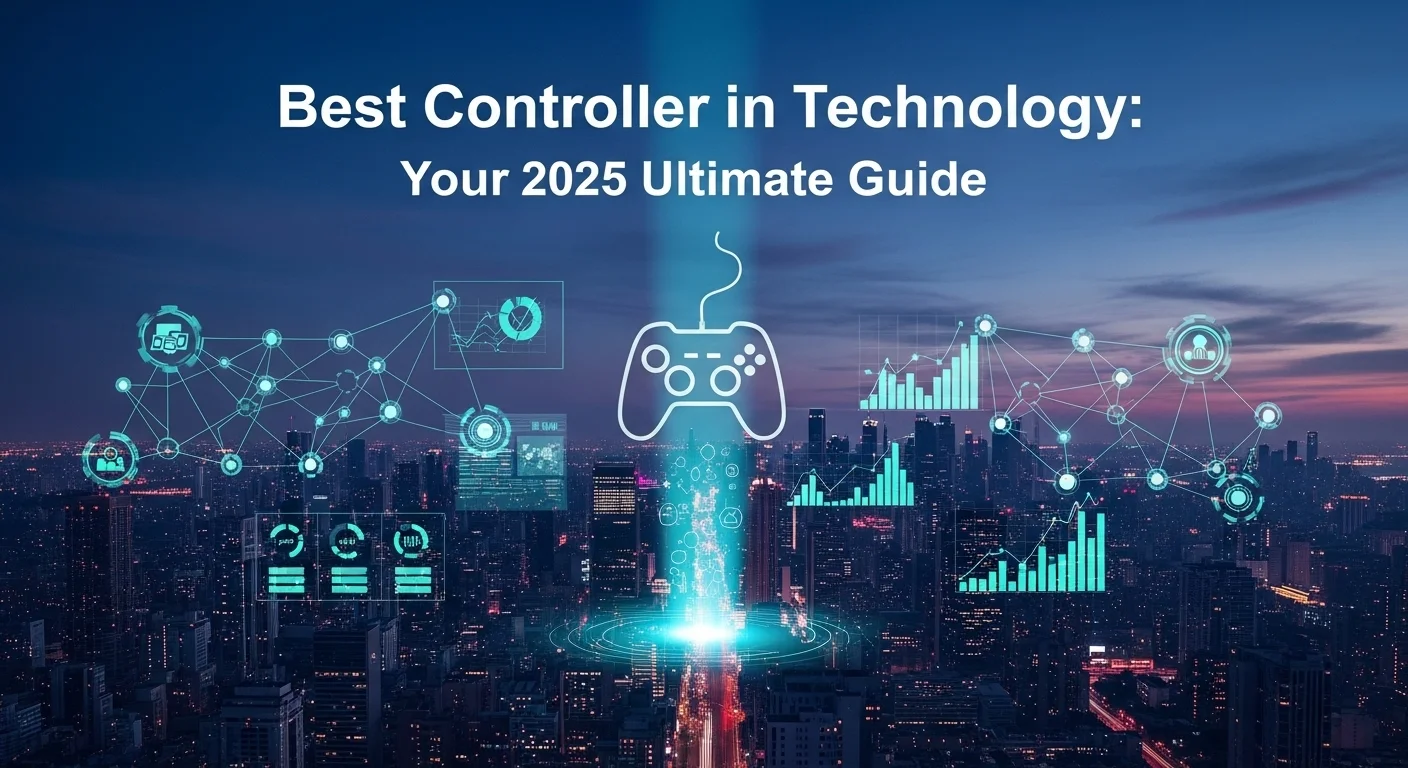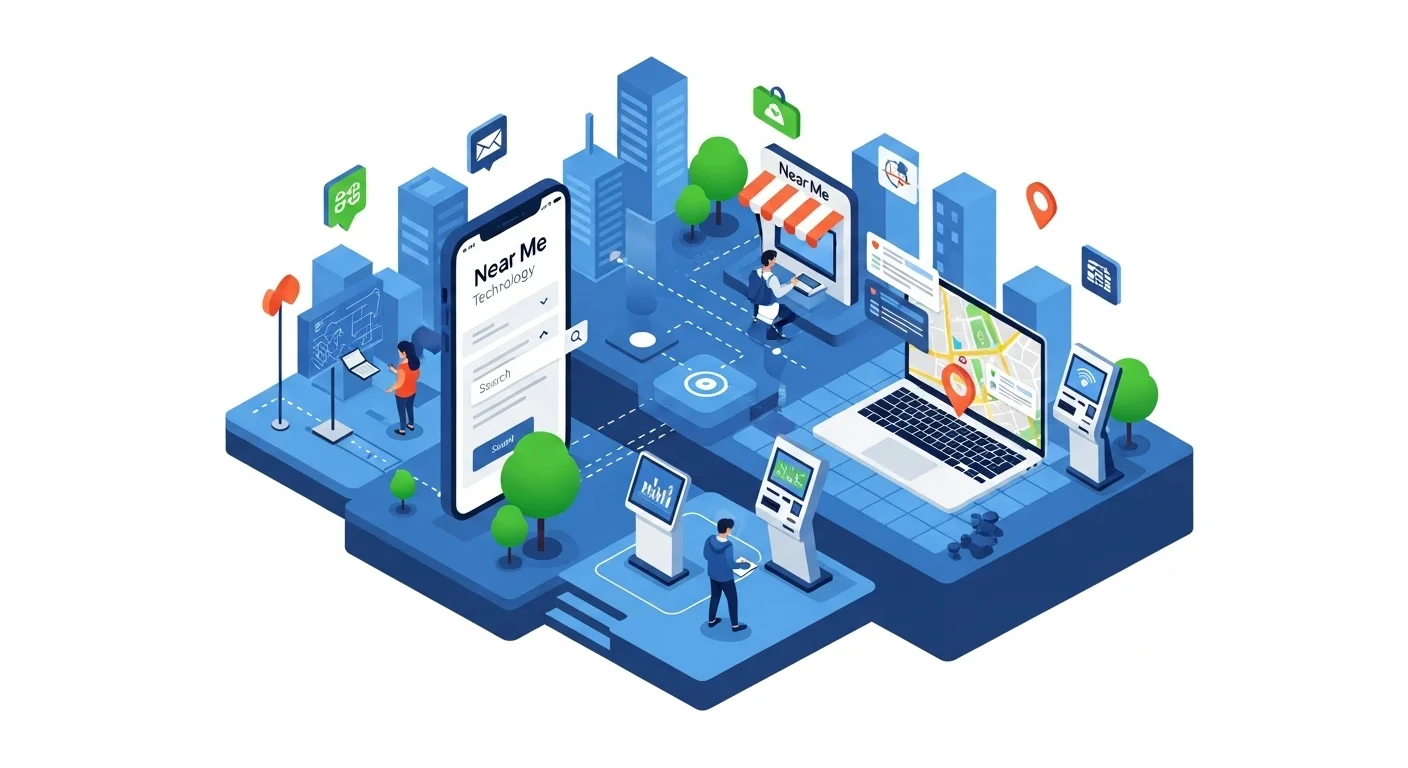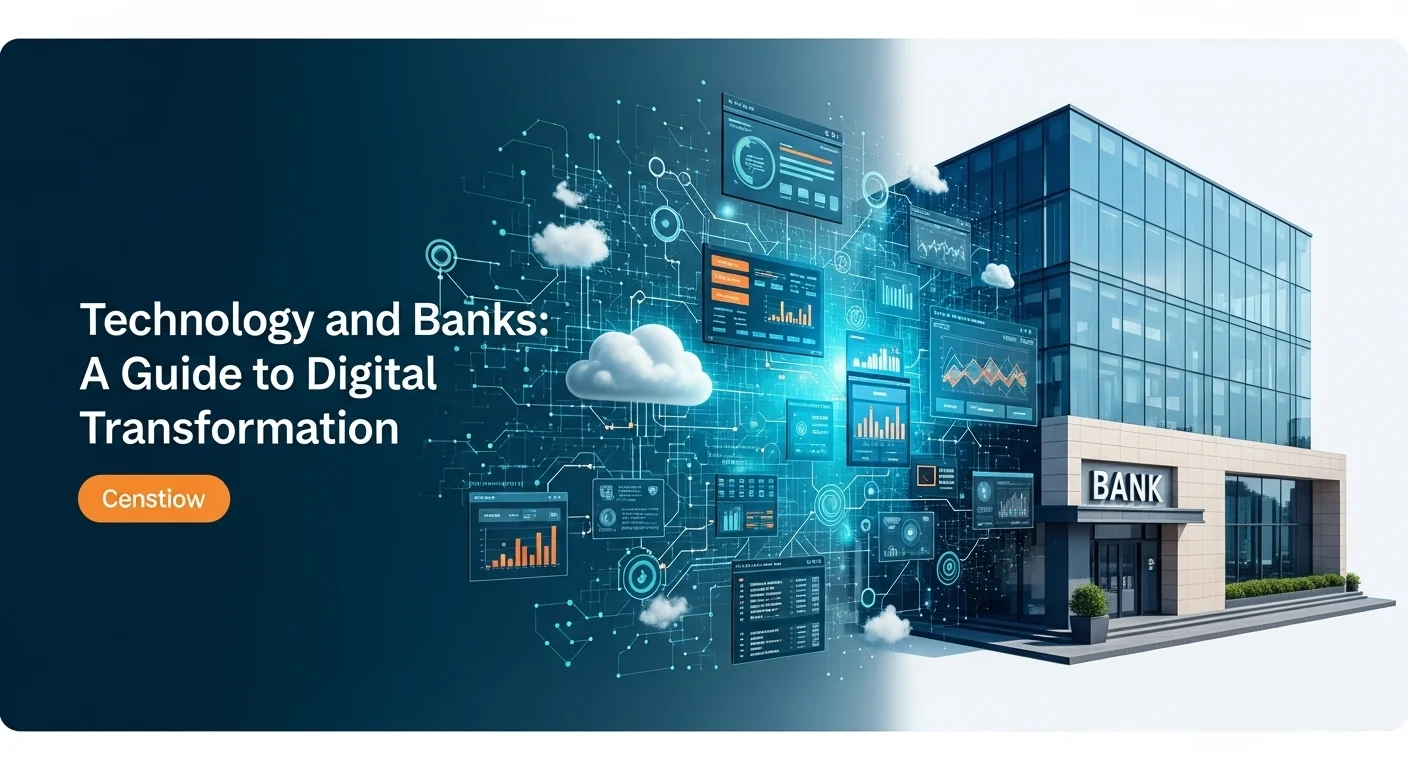AI Trading Explained: A Trader's Guide to the Tech Reshaping Markets
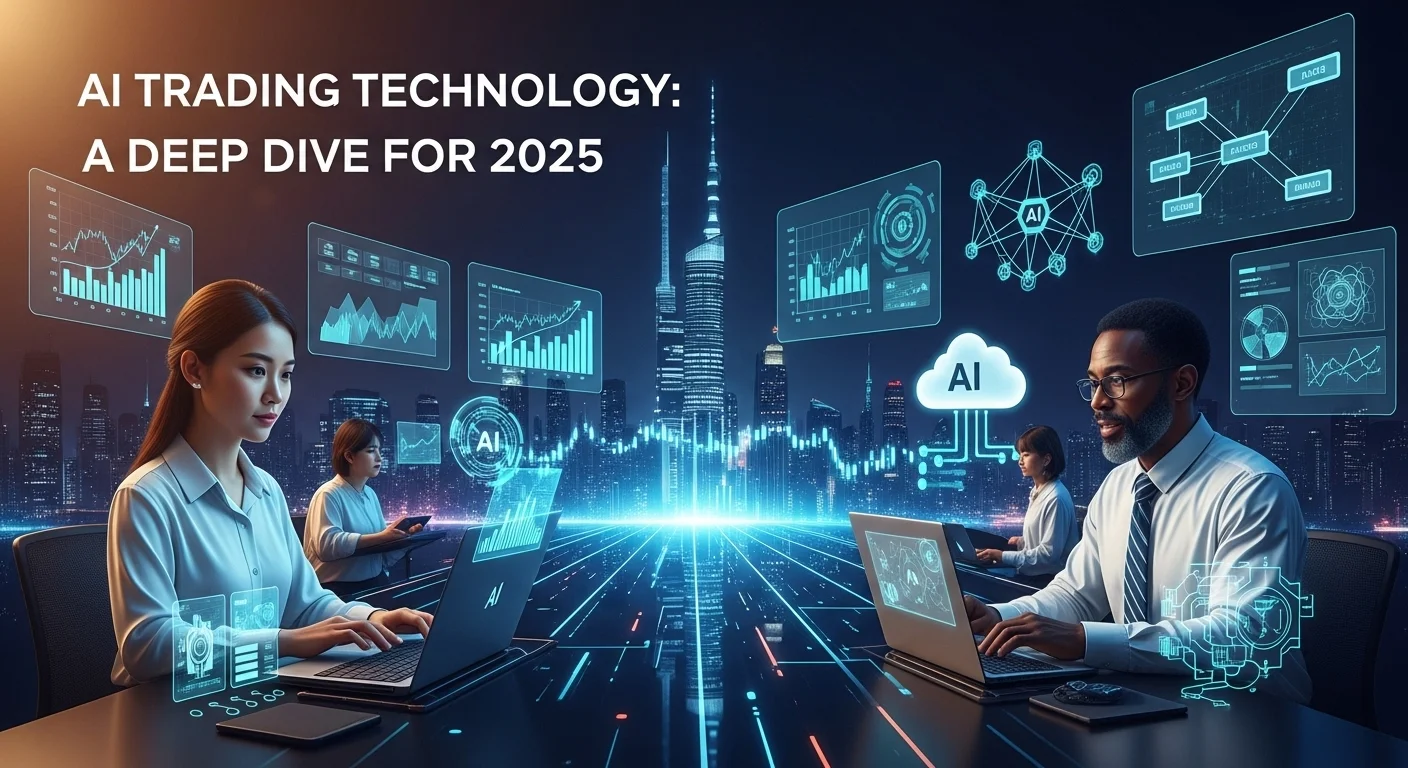
Executive Summary
Every day, billions of dollars are traded without a human ever touching a button. How? AI trading. It's not science fiction anymore; it's the new reality of the financial world. For years, I've worked with these systems, and I've seen them transform businesses and empower individual traders. This technology uses smart algorithms and machine learning to make trading decisions faster and more accurately than any person ever could. Whether you're in business and need to stay competitive, or you're a tech lover fascinated by AI's power, this article is for you. We'll break down what AI trading really is, look at the software that drives it, and explore the strategies that are defining the future of finance.
Table of Contents
Table of Contents
- What is AI Trading, Really?
- The Technology Behind the Trades
- A Practical Guide to AI Trading Solutions
- AI vs. Human Traders: A Powerful Partnership
- Actionable Tips for Your AI Trading Journey
- The Essential Toolkit for AI Trading
What is AI Trading, Really?
In my years in financial technology, I've seen plenty of buzzwords come and go. But AI trading is different. This isn't just a trend; it's a fundamental shift in how markets operate. At its heart, AI trading is about using smart, self-improving computer systems to make trading decisions. Think of it this way: traditional automated trading is like a basic calculator that follows a fixed set of instructions, like 'sell if the price drops by 5%.' AI trading, on the other hand, is like a super-intelligent assistant that learns from new information. It can watch the market, read the news, and adjust its strategy on the fly, much like a human trader, but on a scale and at a speed we can't possibly match.
The importance of this is huge. For businesses like hedge funds and investment banks, it's become a key to staying competitive. Why? Because these AI systems can work 24/7, they don't get emotional or greedy, and they can spot tiny opportunities in vast oceans of data that a human would miss. For firms still on the fence, adopting this technology isn't just about getting an edge anymore; it's about survival. The market is increasingly a game of algorithms, and showing up without one is like bringing a knife to a gunfight.
This revolution has also spawned a whole new ecosystem. We now have innovative AI stock trading companies building powerful platforms, and specialized day trading AI software that brings this power to individual traders. It’s no longer a tool reserved for Wall Street giants. These tools can analyze charts, flag potential trades, and manage risk, making the world of AI market trading more accessible than ever. Whether it's stocks, forex, or crypto, AI is being trained to navigate these markets, proving how versatile and powerful it truly is. These dedicated AI trading companies are the ones pushing the envelope, investing millions in research to build the next generation of trading intelligence.
The Technology Behind the Trades
So, what's under the hood? The magic of AI trading comes from a few core technologies. The biggest one is Machine Learning (ML), which is basically teaching computers to learn from data. There are a few flavors of it used in trading. Some models are trained on past price data to predict future movements. Others are designed to spot hidden patterns, like how different stocks move together. The most advanced technique, Reinforcement Learning (RL), is fascinating; it's like training a dog. The AI agent makes a trade, and if it's profitable, it gets a 'reward.' Over millions of simulated trades, it teaches itself to be a better trader.
Another game-changer is Natural Language Processing (NLP). Markets don't just move on numbers; they move on news, rumors, and sentiment. NLP gives AI the ability to read and understand human language. Imagine an AI scanning thousands of news articles and tweets about a company the second its earnings are released. It can gauge the sentiment—positive or negative—and predict the market's reaction before most humans have even finished the first paragraph. I've seen strategies built on this alone deliver incredible results.
Of course, none of this works without some serious muscle. Cloud computing platforms like AWS and Google Cloud provide the raw horsepower needed to process all this data and train the AI models. This has been a huge democratizing force, allowing smaller firms and even individuals to access computing power that was once exclusive to billion-dollar funds. For any business in this space, the applications are transformative. It leads to smarter strategies, a massive boost in efficiency, and, most importantly, a disciplined, data-driven approach that removes human emotion from the equation. For retail traders, the rise of day trading AI software means you can now have a smart assistant watching the market for you, built on the very same principles used by the pros.
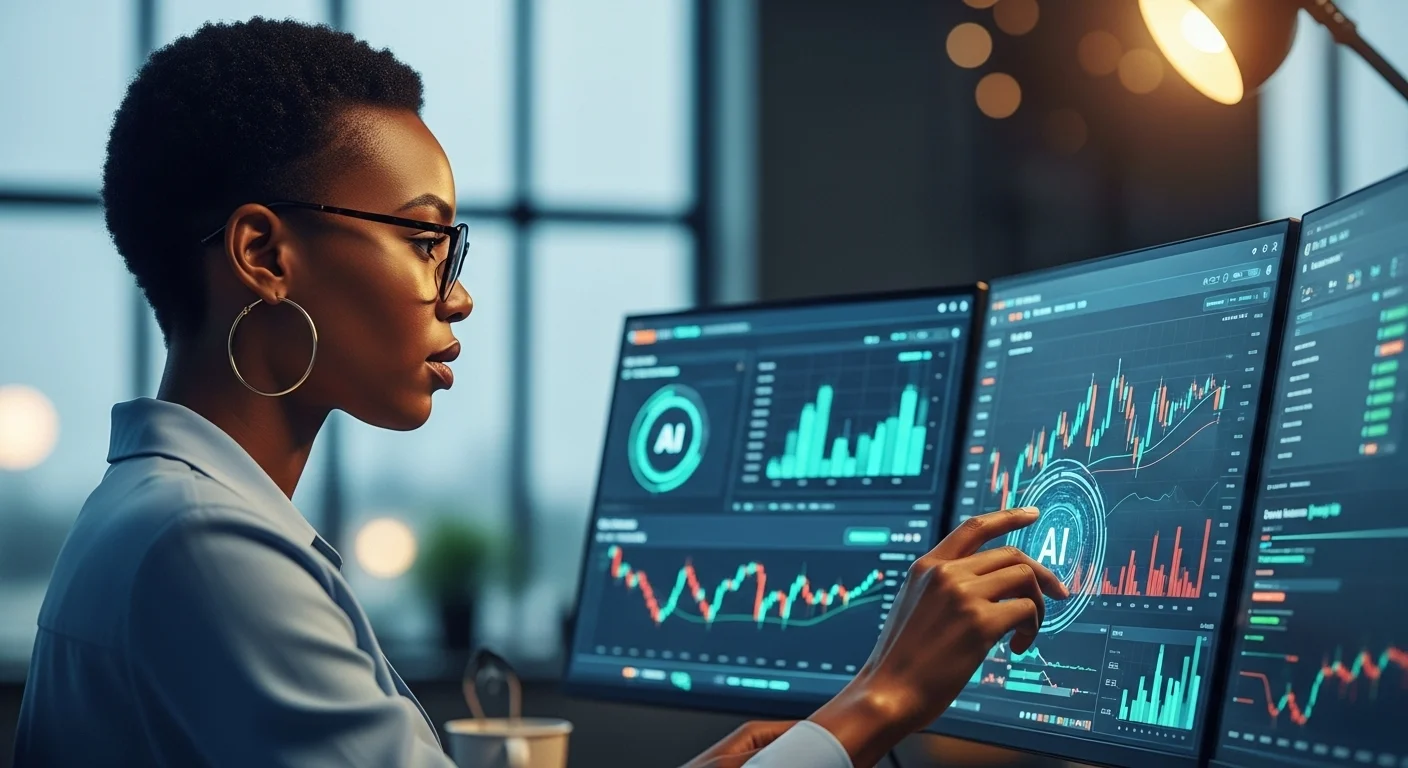
A Practical Guide to AI Trading Solutions
If you're looking to get into AI trading, it's easy to feel overwhelmed. Let's break it down into a practical guide. The strategies themselves are where the creativity comes in. Some of the most common applications I've seen in the field include:
- High-Frequency Trading (HFT): This is all about speed. AIs execute a massive number of trades in fractions of a second to profit from tiny price differences. It's a game of microseconds.
- Statistical Arbitrage: This sounds complex, but the idea is simple. The AI looks for assets that historically move together. When they drift apart, it bets that they will eventually snap back into line.
- Sentiment Analysis Trading: As we discussed, this involves using AI to gauge the 'mood' of the market from news and social media, then trading based on that collective feeling.
To power these strategies, you need data—and lots of it. This goes way beyond simple stock prices. Professional AI market trading systems use everything from company financial reports to alternative data, which can be anything from satellite images of parking lots to credit card transaction data. The more unique and high-quality the data, the bigger the potential edge.
So, how do you get started? For institutions, the answer is often to build an in-house team. But for everyone else, there's a growing toolkit. Many brokers offer APIs that let you connect your own trading models (often built in Python) directly to the market. For those who aren't coders, a wave of day trading AI software has hit the market. Platforms like Trade-Ideas or TrendSpider offer AI-powered scanners and signals. The key is to do your homework. Compare their features, understand what data they use, and never trust a 'black box' system you don't understand.
AI vs. Human Traders: A Powerful Partnership
A common question I get is whether AI will completely replace human traders. My answer is no. It’s not about man versus machine; it’s about man with machine. AI is incredible at speed, data processing, and discipline. It never gets tired, and it never panic-sells. But humans still hold the edge in a few key areas. We are better at understanding context, navigating truly unprecedented events (like a global pandemic), and grasping complex narratives that aren't in the data. An AI trained on the last 20 years of market data would have been utterly lost in the first few weeks of COVID-19.
From my experience, the most successful AI trading companies are the ones that embrace a hybrid model. They let the AI do the heavy lifting—the number crunching, the pattern recognition, the high-speed execution—while human experts provide oversight, strategic direction, and the crucial common-sense filter. The human's job evolves from being a button-pusher to being the strategist, the manager of the AI. This collaborative approach is where the real magic happens, combining the best of both worlds to build robust and adaptive trading strategies.
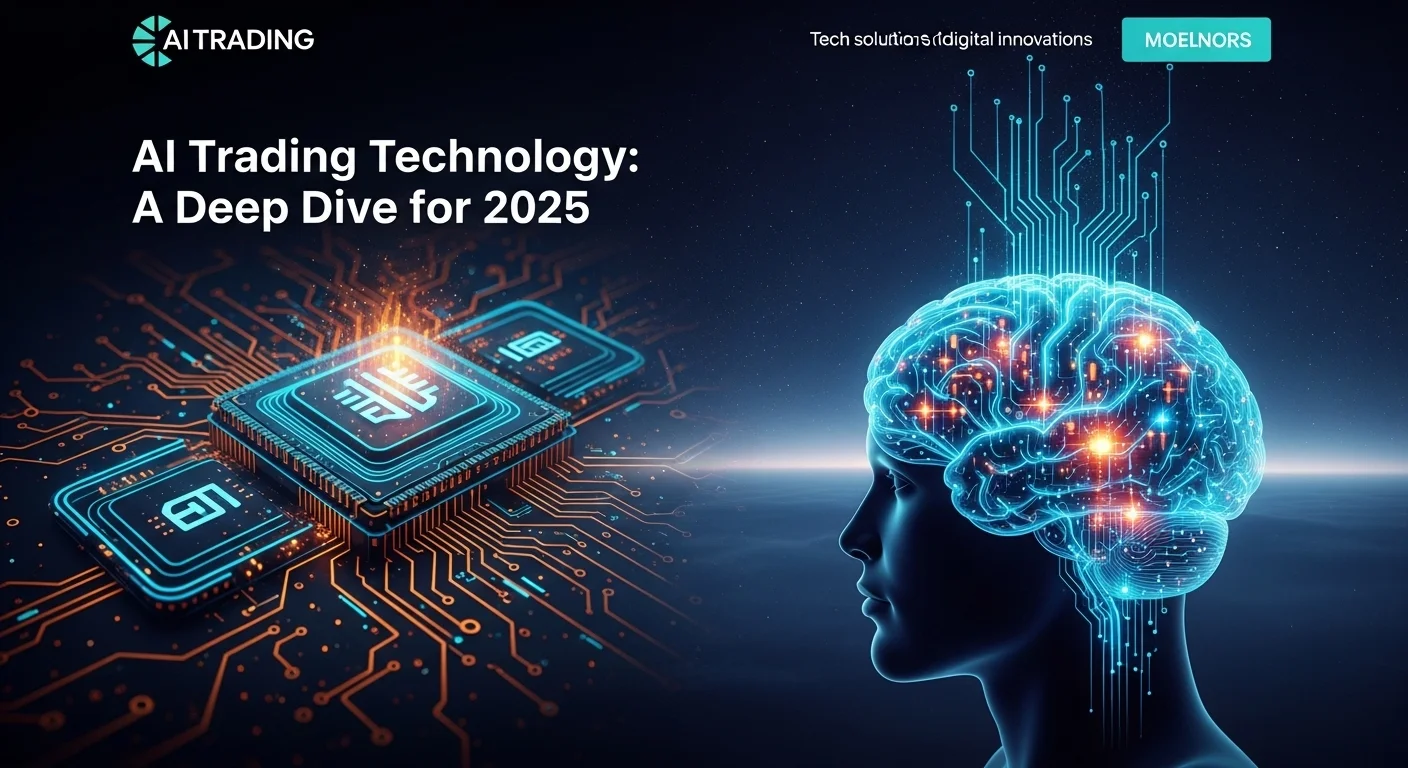
Actionable Tips for Your AI Trading Journey
Putting AI trading technology into practice is both an art and a science. Over the years, I've learned some lessons, often the hard way. Here are some of the most important tips I can share to improve your experience and your results.
- Rule #1: Start with a Question, Not Just Data. Don't just dump a terabyte of data into a model and hope it spits out gold. Start with a clear, simple hypothesis. For example: 'I believe that tech companies that increase their R&D spending outperform their sector for the next two quarters.' This gives your work focus and makes it much easier to measure success.
- Rule #2: Backtest Like Your Money Depends on It (Because It Does). Before you ever risk a single dollar, test your strategy on historical data. Good day trading AI software will have tools for this. But be careful of the biggest trap: overfitting. This is when your model looks perfect on past data because it has essentially memorized the past, including its random noise. Always test your model on a chunk of data it has never seen before to get a true sense of how it might perform live.
- Rule #3: Always Keep a Human in the Loop. I can't stress this enough. Giving full control to a black-box algorithm is a recipe for disaster. The market can do crazy things. I once saw a well-built algorithm go haywire because of an oddly-worded tweet from a CEO that it misinterpreted. The best AI stock trading companies have kill switches and human experts who understand what the AI is doing and can pull the plug if it starts acting erratically.
- Rule #4: Manage Your Risk Relentlessly. Your AI strategy is just one part of the equation. You need hard rules. Set limits on how much you can lose in a day, how large a position can be, and your total exposure. Cybersecurity is also part of this. Your automated system is a target, so protect it with strong passwords, encryption, and regular security checks.
The Essential Toolkit for AI Trading
The tech experience behind a successful AI trading operation involves a powerful set of tools. For development, Python is king, with libraries like TensorFlow and PyTorch for building models and Pandas for managing data. But it's not just about code. Tools for data visualization, like Tableau, are crucial. They help you see what your model is thinking, turning abstract numbers into understandable charts. This helps build trust in your system.
For sourcing data, subscribing to high-quality data feeds is a must. This isn't just market prices; it can be news sentiment feeds or specialized alternative data. The quality of your AI's decisions will only ever be as good as the quality of the data you feed it. And if you're using off-the-shelf day trading AI software, take full advantage of the trial period. Paper trade with simulated money to get a feel for the platform's quirks and reliability. This hands-on experience is the best way to know if a tool is right for you.
Finally, remember that this is a journey of continuous improvement. The markets change, and so must your models. The most successful people I know in AI market trading are those who are constantly learning, testing, and adapting. They treat trading like a science: form a hypothesis, run the experiment, analyze the results, and learn from every outcome, good or bad.
Expert Reviews & Testimonials
Sarah Johnson, Business Owner ⭐⭐⭐
The information about Ai Trading is correct but I think they could add more practical examples for business owners like us.
Mike Chen, IT Consultant ⭐⭐⭐⭐
Useful article about Ai Trading. It helped me better understand the topic, although some concepts could be explained more simply.
Emma Davis, Tech Expert ⭐⭐⭐⭐⭐
Excellent article! Very comprehensive on Ai Trading. It helped me a lot for my specialization and I understood everything perfectly.

